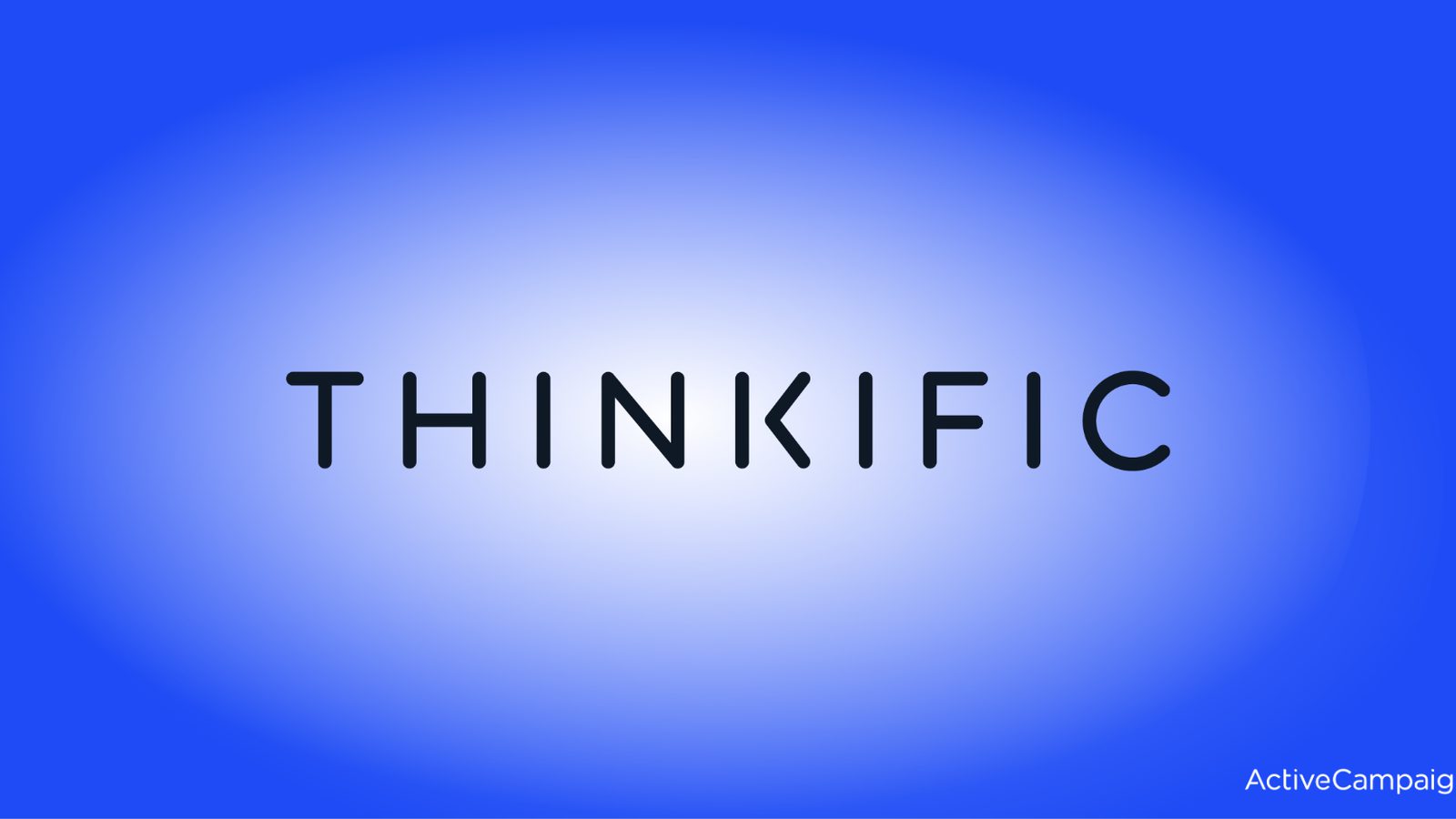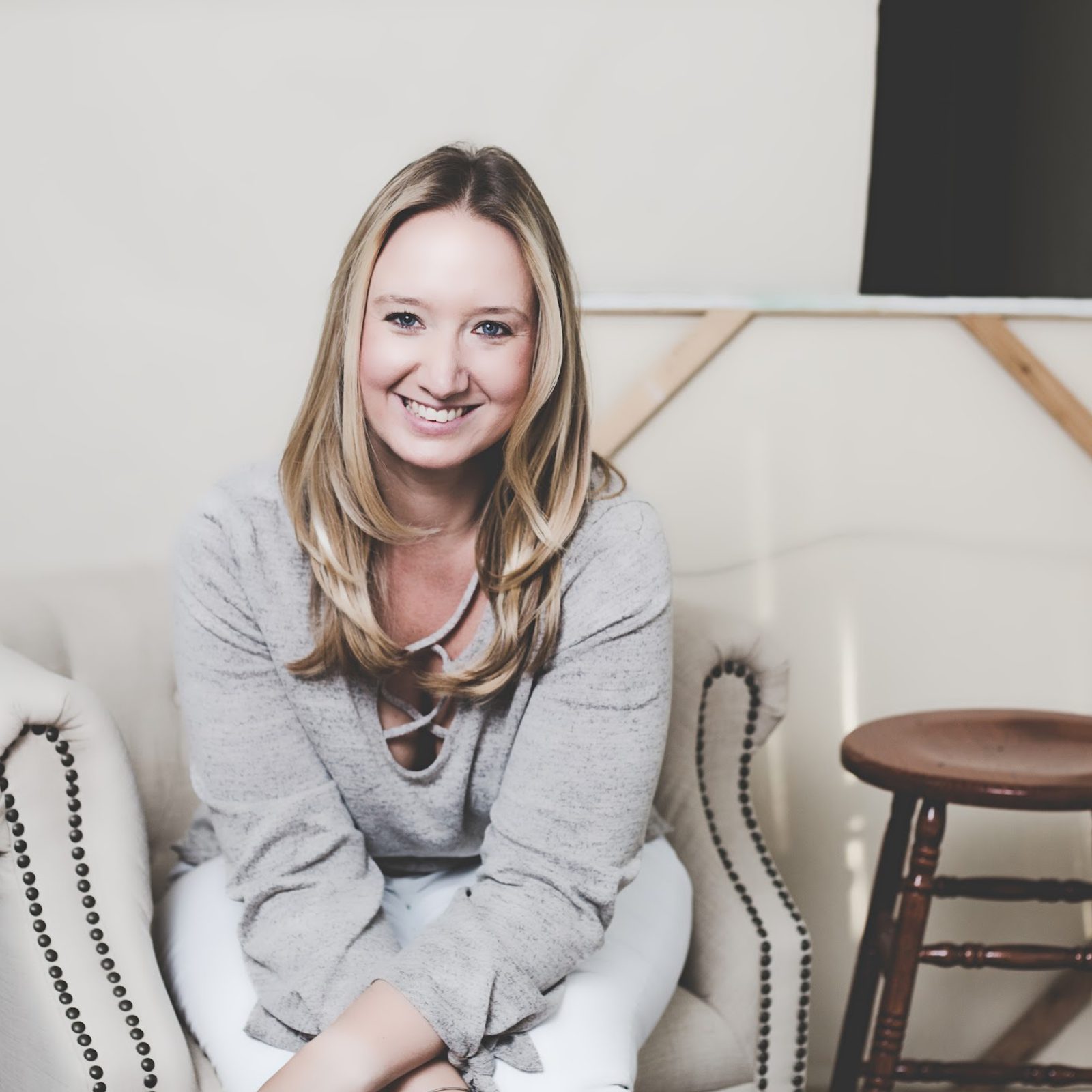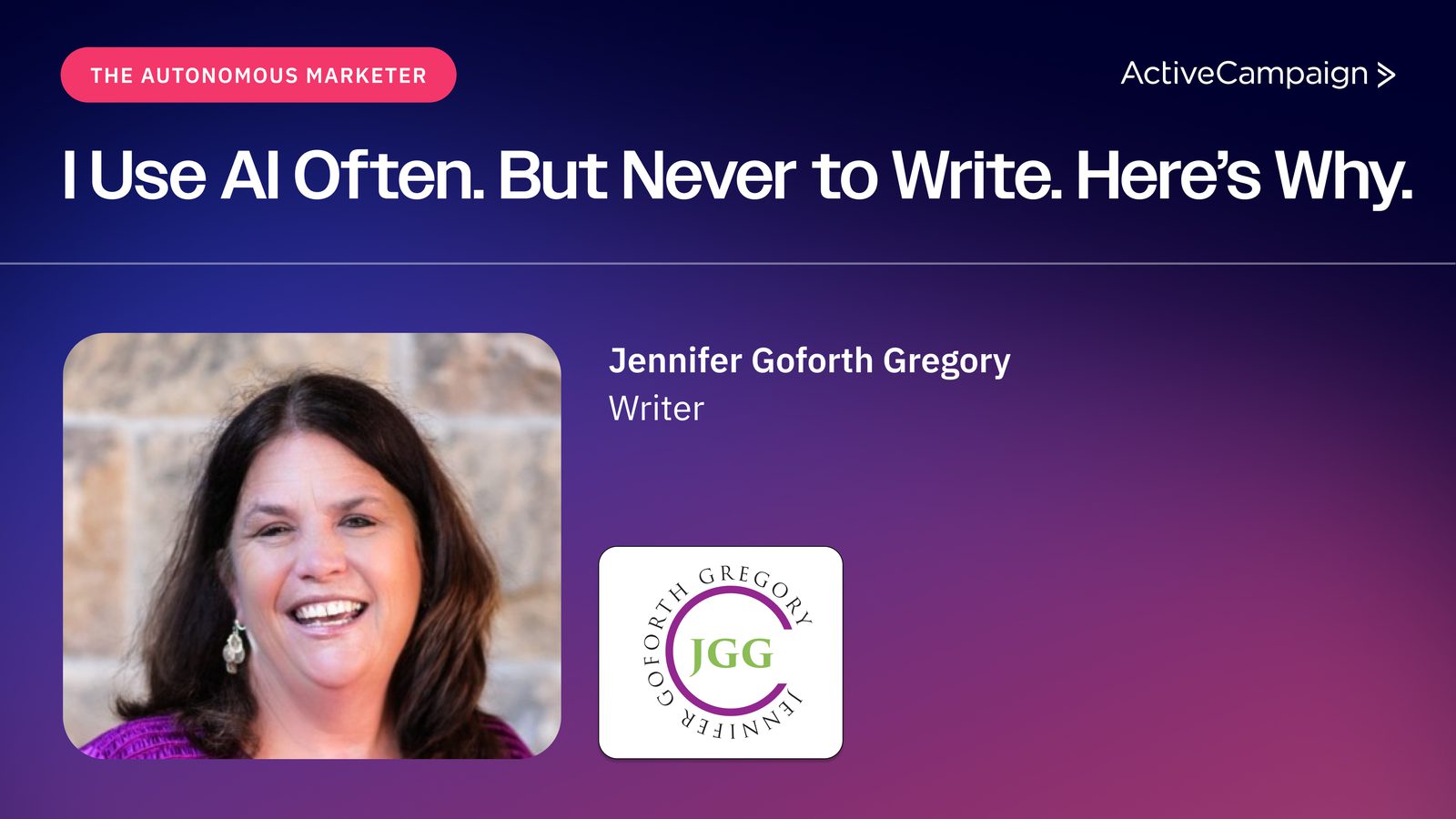The tactics that take SaaS businesses from zero to $1m ARR are completely different from the tactics that get us from $0 to $100m. We’re breaking things down step-by-step, so brands at different stages of their journey can learn from fast-growth SaaS success stories and reach the next stage in their journey.
For this story, we’re giving you the inside scoop on how Thinkific grew from a bootstrapped startup into one of the biggest names in online education.

Founded in 2012, Thinkific emerged to help professionals take their talents and turn them into online courses they could monetize.
Like most brands, they started scrappy, doing non-scalable things to close their first deals.
Hands-on: Greg would meet up with customers and help them produce their courses, having the customers send over files that he and the team would upload, all to close $50-100/m deals.
Outbound: Thinkific hammered the phones and shot out tons of outbound emails. Greg noted that in today’s environment, he would have leaned more into a content/inbound engine, but back then they used outbound to get discovered.
Partner webinars: As they approached $1m ARR, Thinkific began to do partner webinars, where a partner would invite their audience to a co-hosted webinar where the partner normally had an affiliate link for converted opportunities

This was the phase in which Thinkific took on its first funding ($400k USD). Greg notes that after the funding was secured, they didn’t even see the cash for 6 months, but the funding gave the team a confidence boost that was critical for growth.
PLG motion starts: Thinkific kept an expansive free product but had more upgrade prompts and more features gated. They had about a 10% conversion from free -> paid at this stage, so while they were leveraging PLG, they certainly were not as horizontal as Dropbox or Loom.
Expanded partner webinars/influencers: They reached out to influencers who were in a promotional cycle. They would highlight things that the influencer was doing to the Thinkific audience as part of an almost ABM strategy. Then they would send an ask about a partner webinar. These webinars were based on a performance model, where the partner/influencer would make money off a 30% MoM affiliate payment. The success of these webinars was almost entirely based on the quality of the influencer’s audience and the influencer’s talk. These webinars weren’t about volume but quality. For example, Greg highlighted one where 60 people were invited, 50 showed up and 20 folks paid $1000/year.
Ads get off to a rocky start: Thinkific gets into ads, primarily PPC/SEM focused on retargeting and demand capture. This worked somewhat but had a high CAC, and Greg notes they had a tough spell of 4-6 months where spending jumped way up without any additional revenue generated. They worked with an agency during this time and Greg notes the importance of really being in the data to understand what is going on.
Inbound and targeted campaigns: This is where a real inbound engine emerges, with substantially more thought leadership content, more blogs, more LinkedIn presence, etc. This was also the period when they started to run specific campaigns like a Black Friday campaign or New Year's campaign, and these performed very well at getting folks through the door.
Experimentation: During this phase, they tested out a lot of different tactics to increase conversions and activations. One of these was they built a welcome video for every feature in the app, which drove up activation.
Product-market fit: Unlike most brands, Thinkific didn’t focus in on verticals when it came to online creators (i.e. targeting brick and mortar Yoga studios vs. online digital creators). Instead, they focused on targeting any creators who had an audience of some sort, be it a social following or an email list, and used company maturity as their primary lens.

Any scaling organization is only as good as their team, and Thinkific was building a winning line-up.
Internal leaders: All the top leaders at Thinkific, with the exception of Adam in sales, were more junior hires within Thinkific and then grew to own their departments (Andrea in marketing, Tia in people, Veronica in support, etc.)
Pricing optimization: Started to play with pricing. Thinkific added a higher tier and more restrictions on the free plan. They focused on making the middle pricing plan the most attractive. Through this they got people to skip the $49/m plan and go for the $99/m. This middle tier was where the vast majority of Thinkific customers were.
Expanded partnerships: Integrations emerged as a key growth lever, as Thinkific expanded their partner strategy to include larger brands like Zapier and ActiveCampaign. They also launched their public API which helped attract more sophisticated customers who wanted to do custom builds.
Internal sales team: Thinkific began to hire inbound AE’s during this phase who would call up every new trial. Despite a strong self-serve part of the product through its PLG origins, this marked a new upmarket focus to convert more of the larger ACV opportunities that were in the pipeline.
Product design hits hiccups: Up to $10m, Greg was in every sprint planning personally. Greg was leading the CX + product side, tweaking and refining with each launch. As he stepped back, there were some gaps there that the team would have to work through

In 2021, Thinkific goes public, raising cash at the top of the market and entering a new phase of growth.
Pandemic tailwind: When the pandemic struck in 2020, folks were grappling with how to keep revenues going without a physical presence and tools like Thinkific saw their growth double.
Enterprise functionality: The team built the standard enterprise tech stack with SSO, SOC-2, Multi-factor authentication (MFA), etc.
Multi-product + payments: Originally, Thinkific was just courses but during this phase, Thinkific expanded to any digital products. Live events. Coaching. They also added a payments functionality that allowed them to take a percentage of any transaction. Through these optimizations, they went from $70/m ARPU -> $150/m ARPU
Big GTM partnerships: During this phase, Thinkific inked a deal with Spotify that gave them access and distribution to over 600M users. Spotify users can purchase Thinkific right from the app and it operates on a rev share basis.
AI: Like most brands, Thinkific is working to implement AI functionalities within their platform, helping with prompt engineering and generative aids. Greg also notes the challenge of how fast the foundational models develop and how many functionalities from brands can quickly become obsolete.









